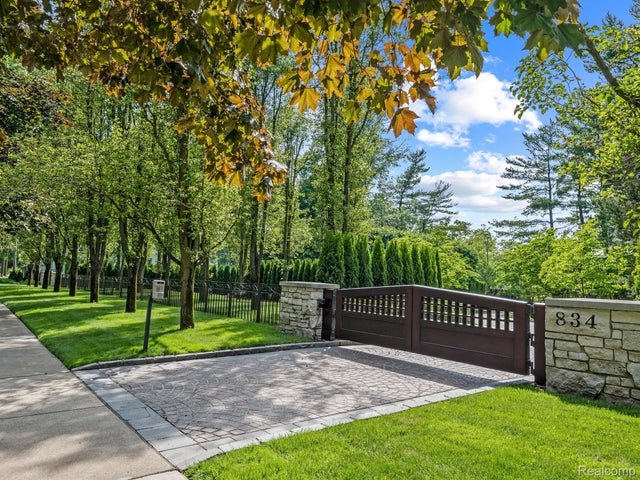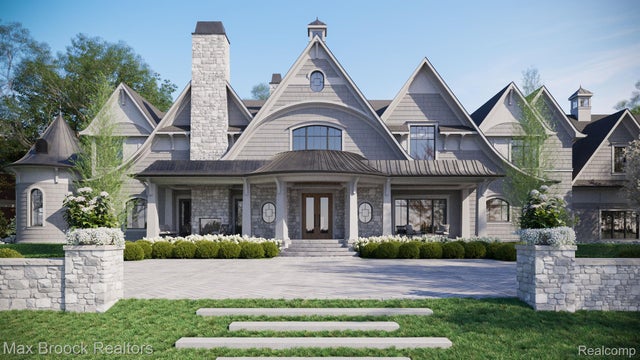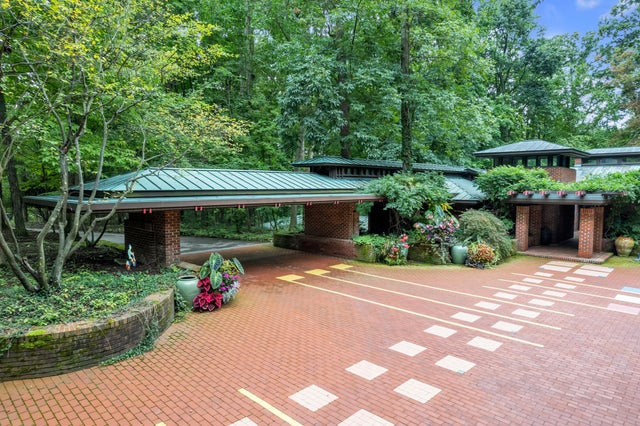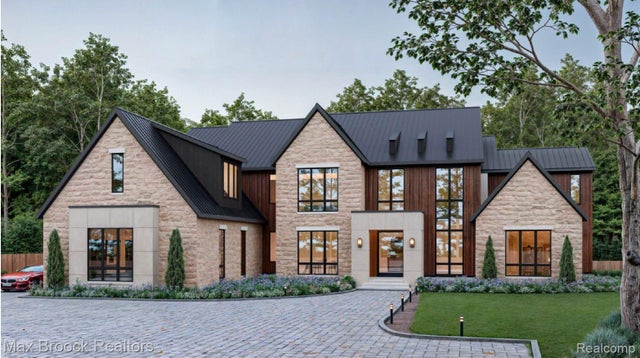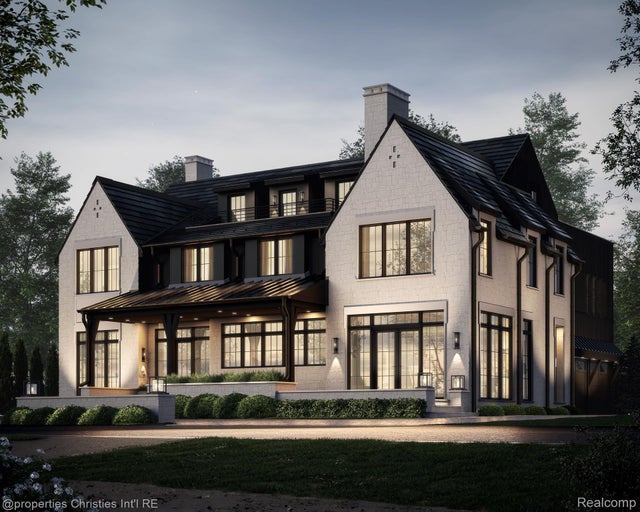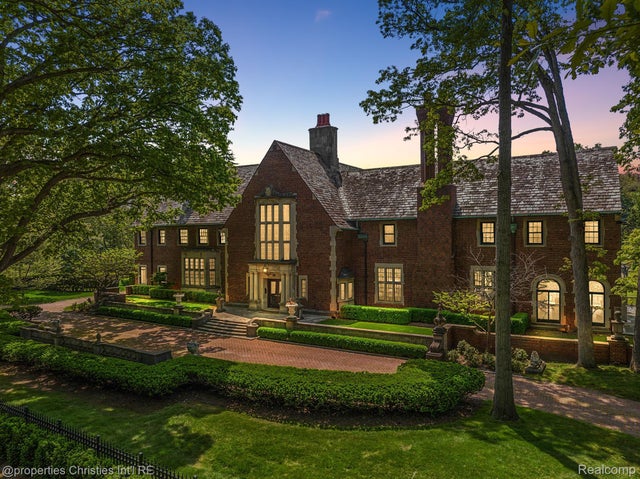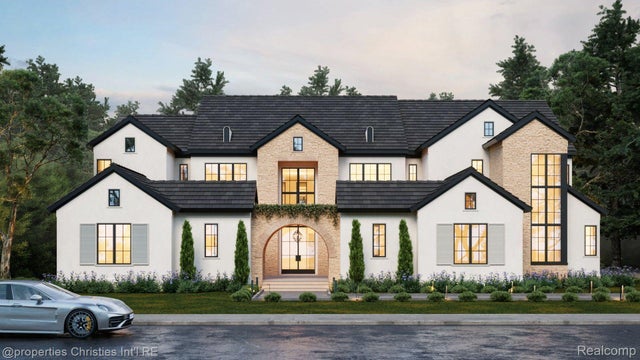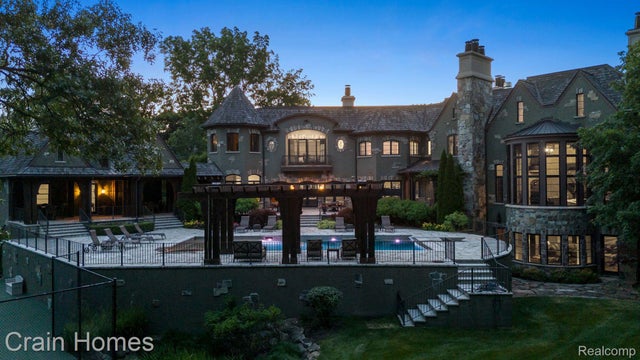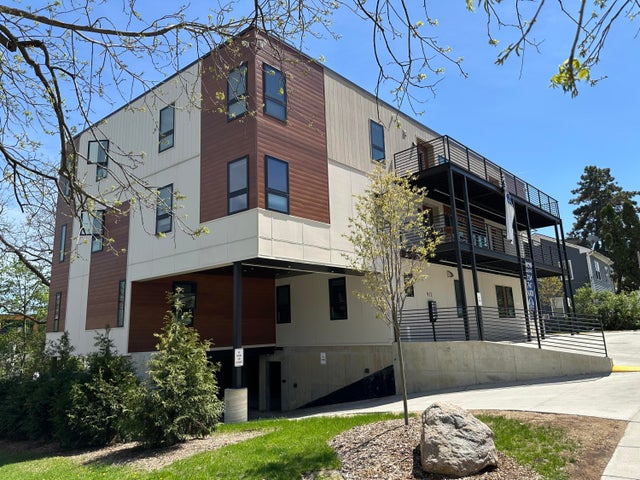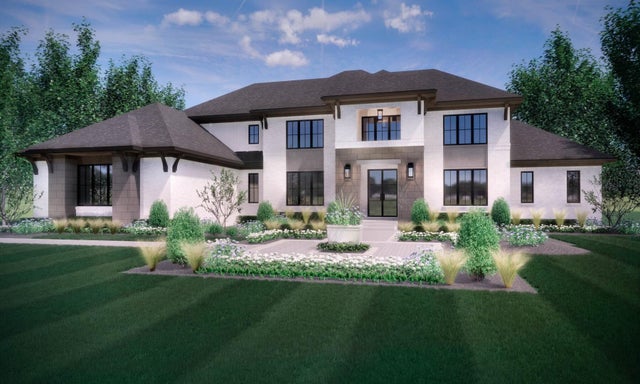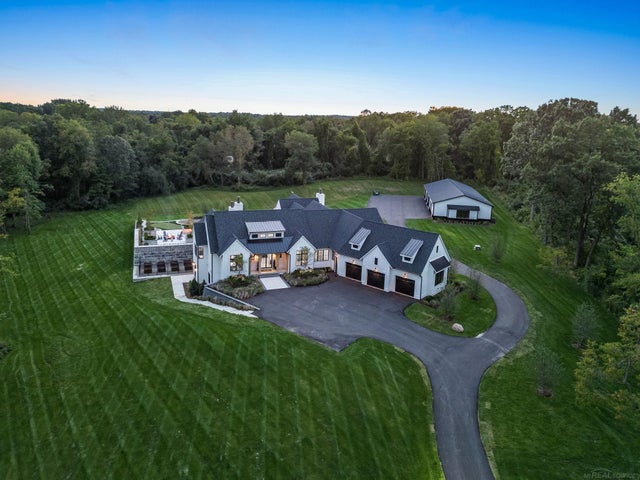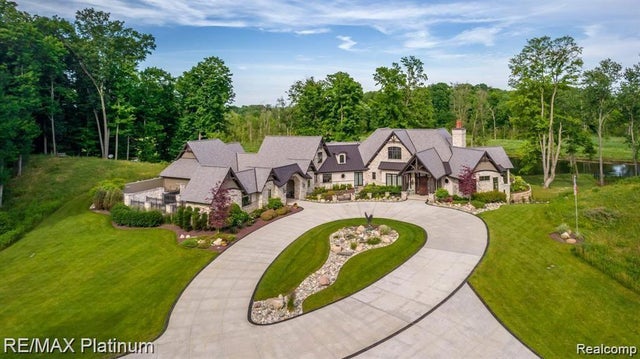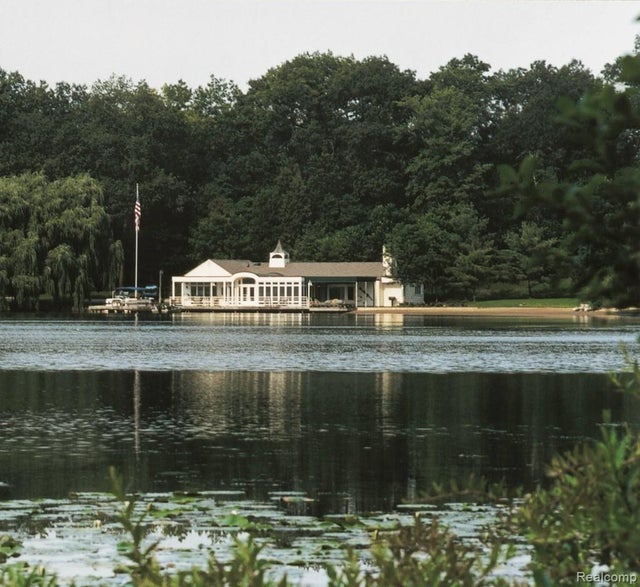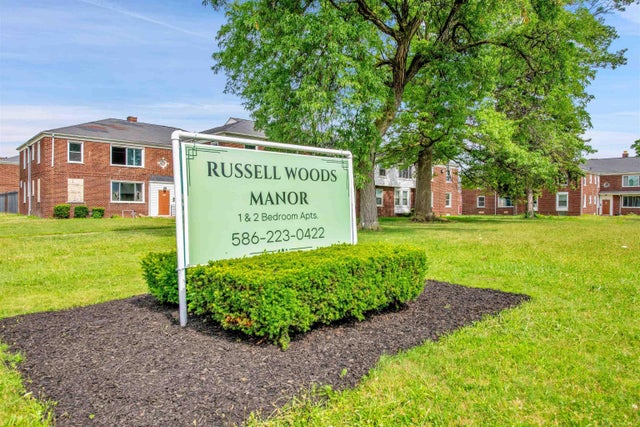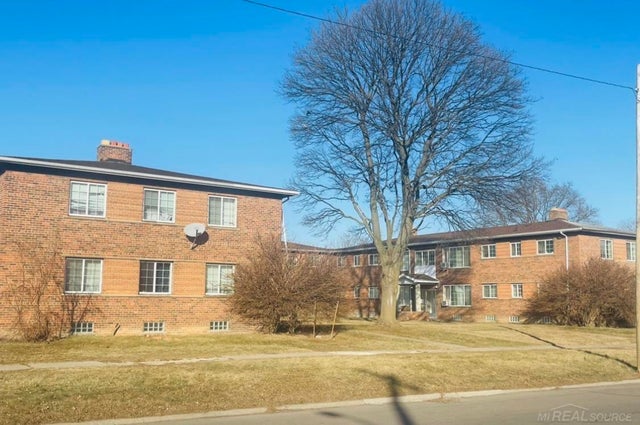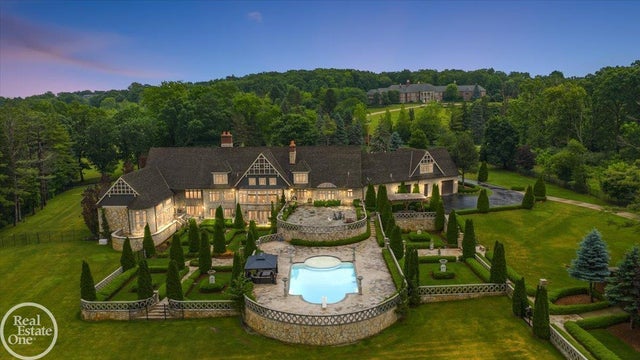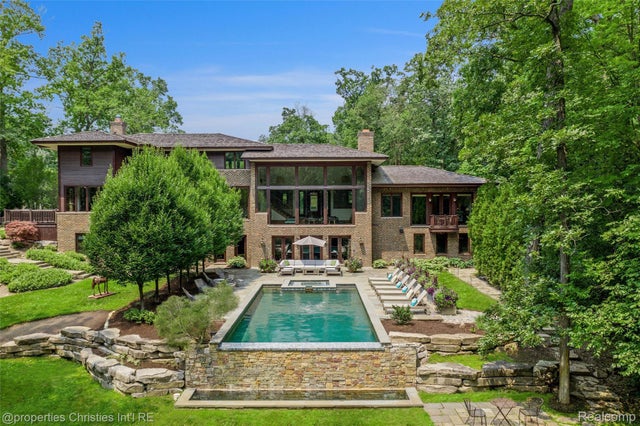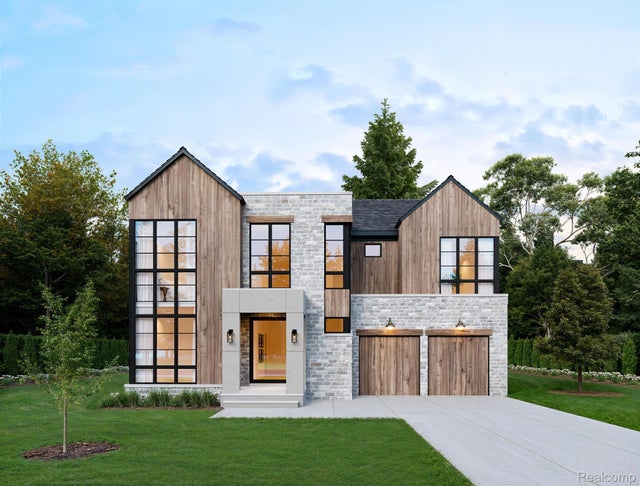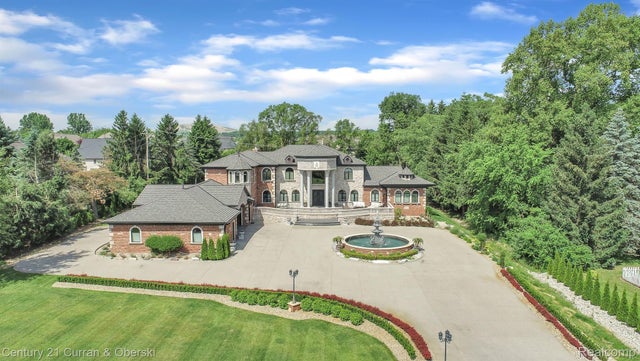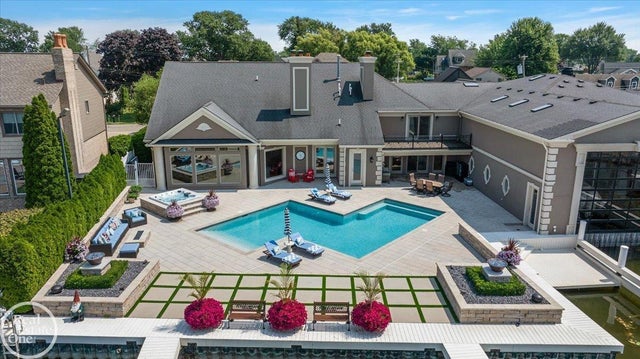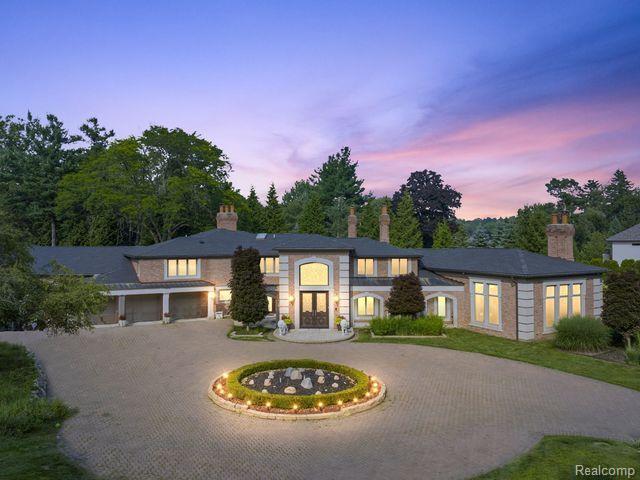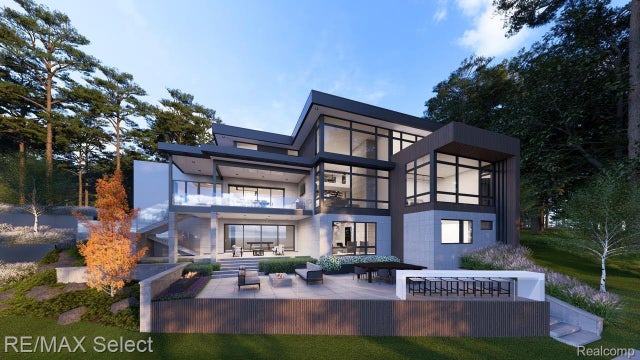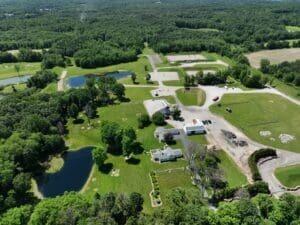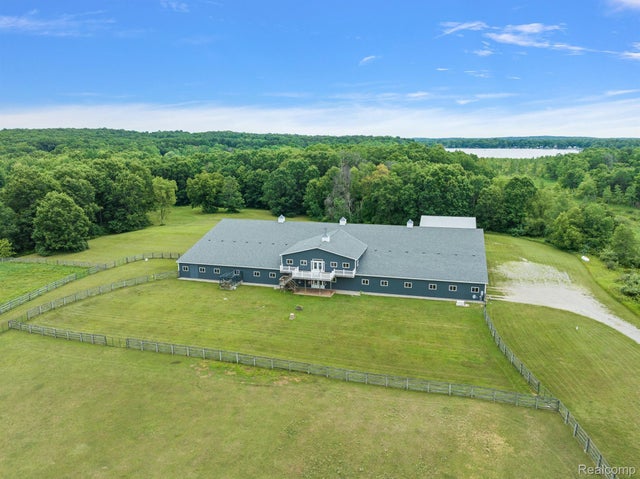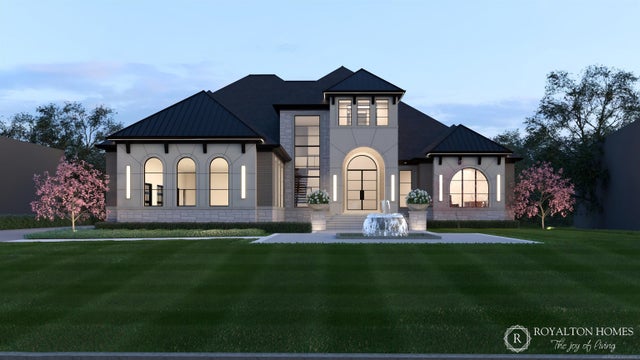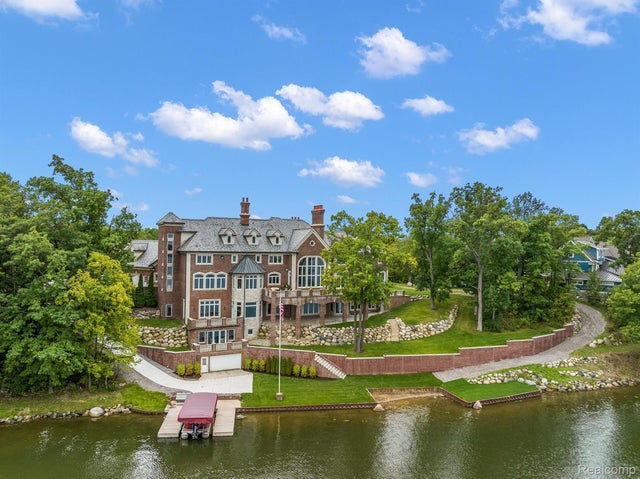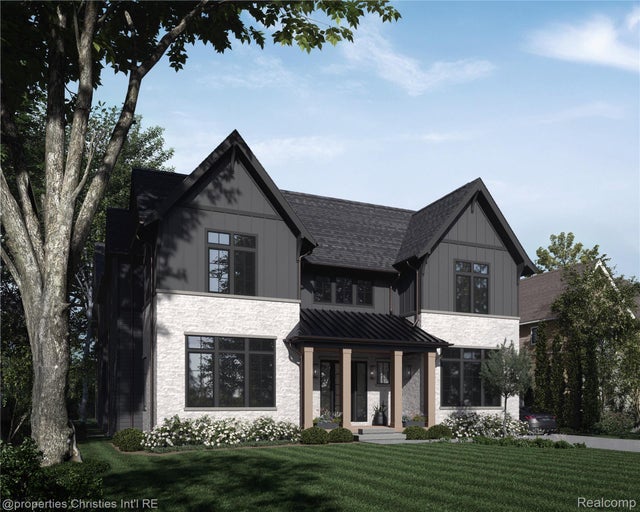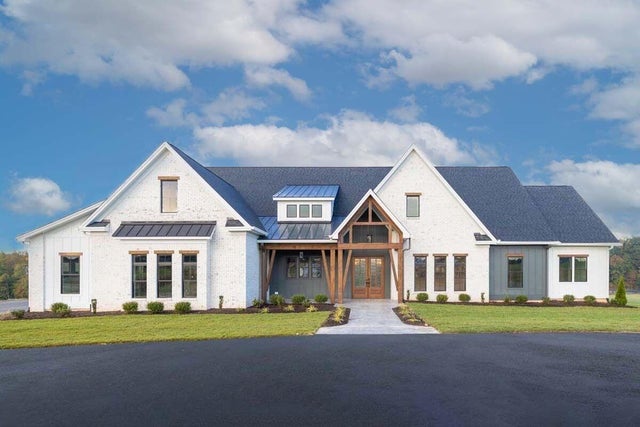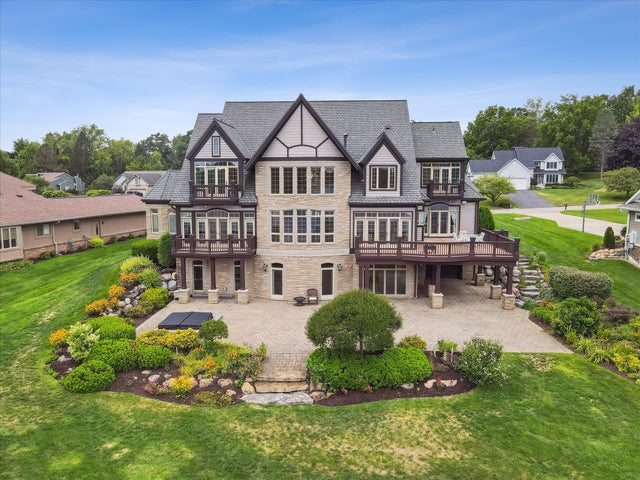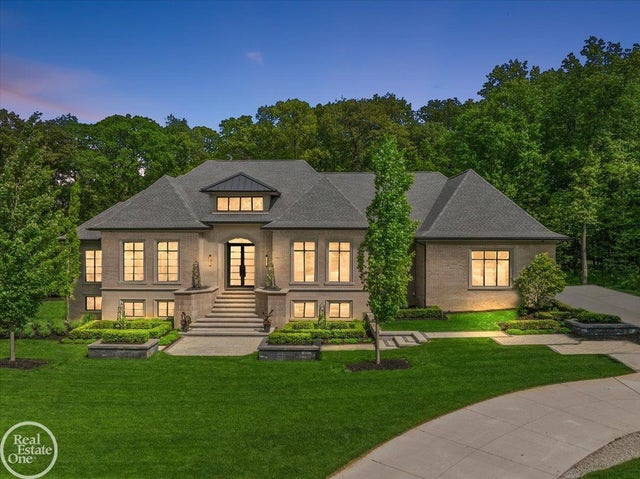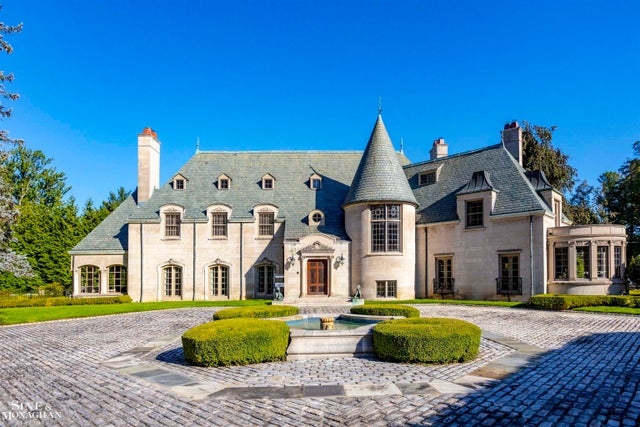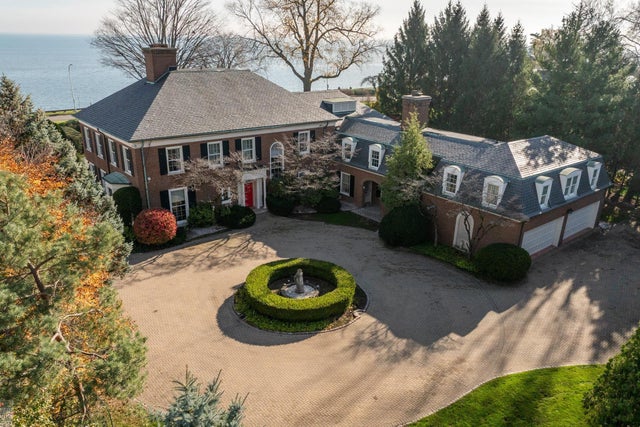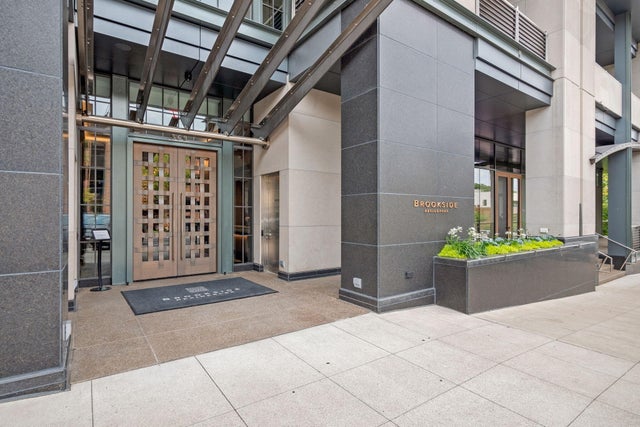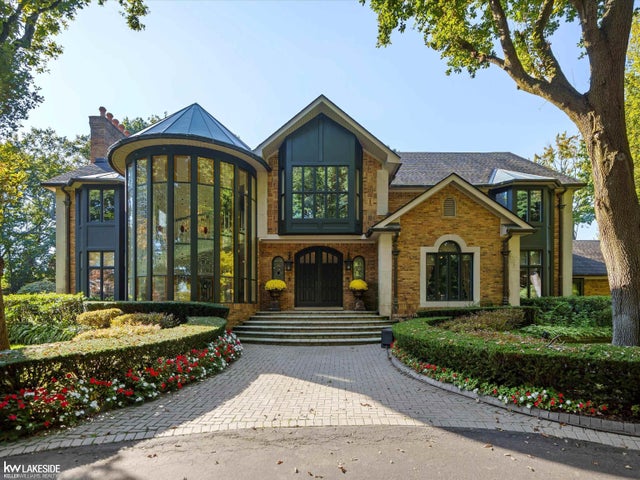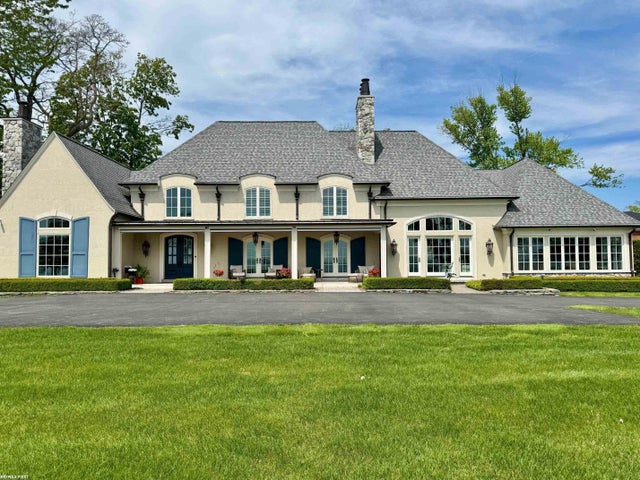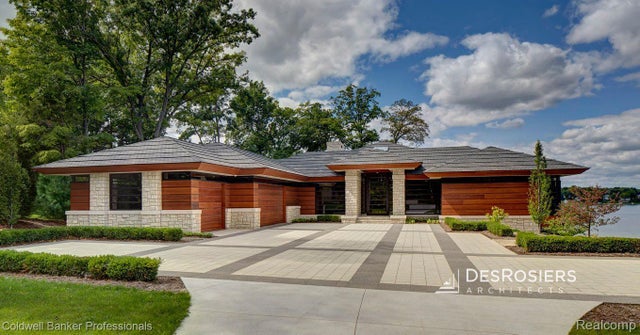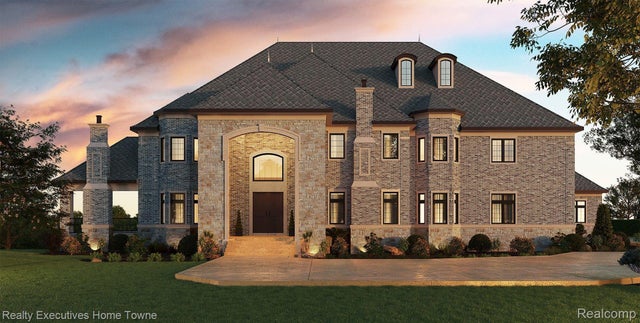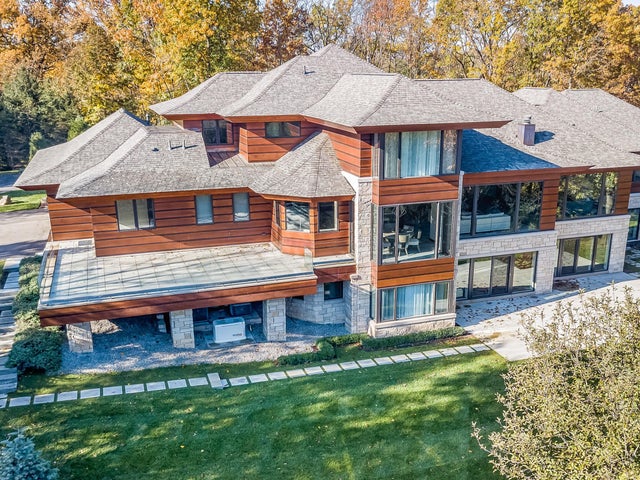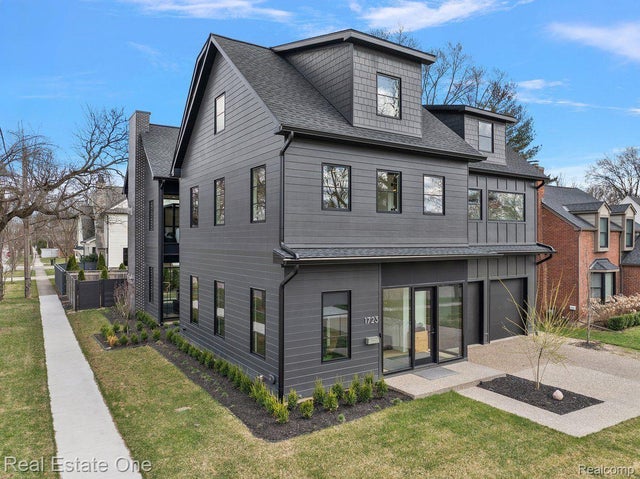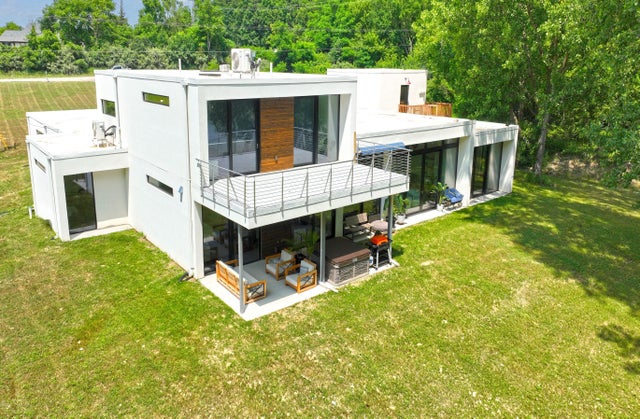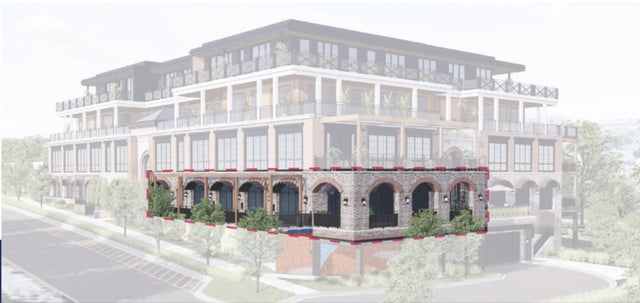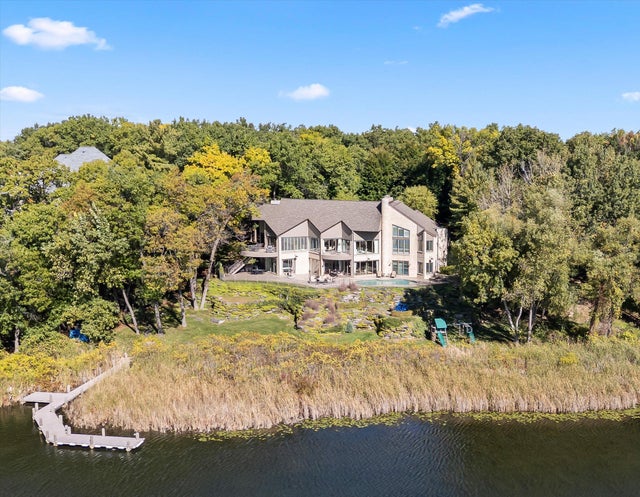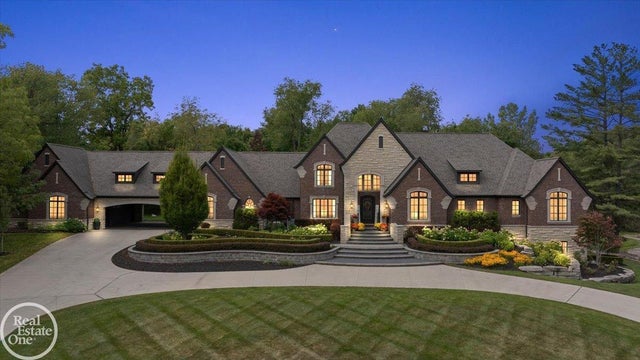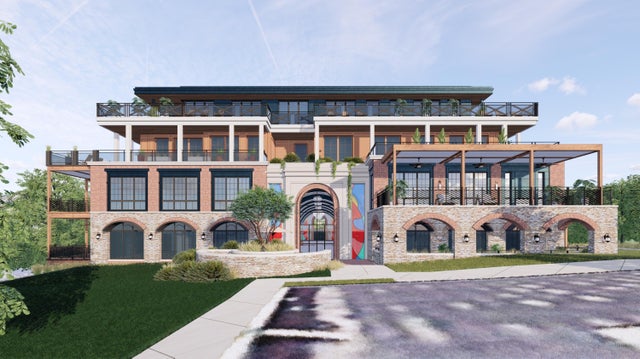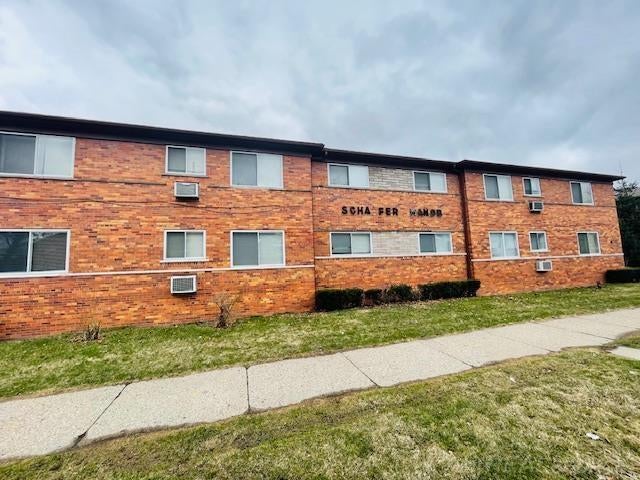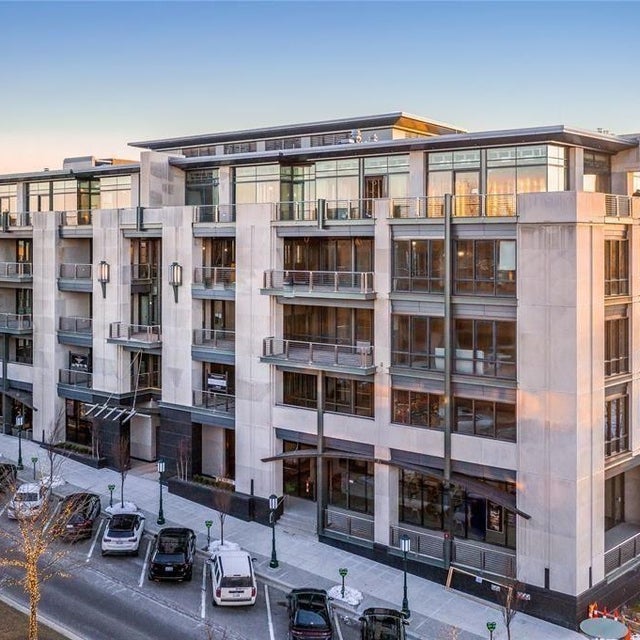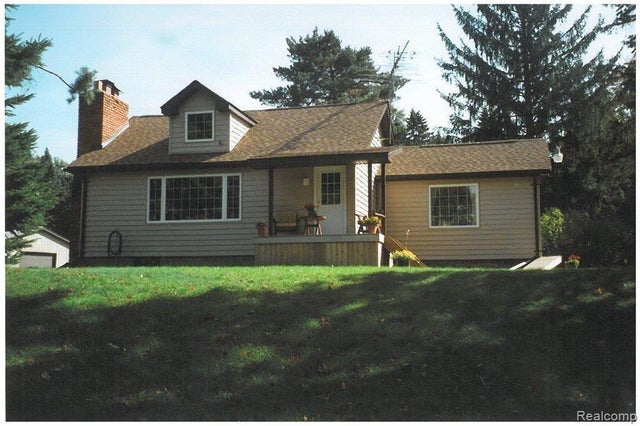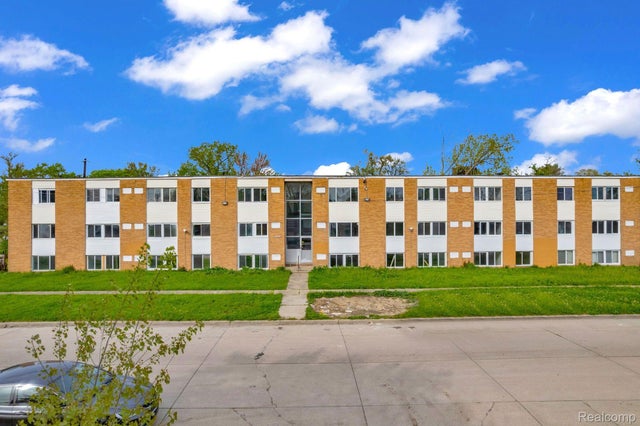The roar of IndyCar engines echoing through downtown Detroit isn’t going anywhere anytime soon. In a move that has Metro Detroit buzzing, officials have secured a deal to keep the Detroit Grand Prix on the city’s streets through 2028, solidifying this high-octane tradition in the heart of the Motor City for years to come. The Detroit City Council approved a new contract that extends the Grand Prix’s downtown run for at least three more years, with a potential option to continue even beyond that. For local families, racing fans, and businesses alike, this news means the annual festival of speed and community will remain a downtown Detroit fixture – blending engine-revving excitement with the city’s ongoing revival.
The announcement caps off what has been a triumphant return of big-time auto racing to downtown. After successfully bringing the Grand Prix back from its former island home to the city streets in 2023, organizers and city leaders are doubling down on the downtown model. The new agreement ensures that the Detroit Grand Prix – part of the NTT IndyCar Series – will continue to wind its way past Detroit’s skyscrapers and along the riverfront each summer through the 2028 season. It’s a victory lap for a city proud of its automotive heritage, and a clear sign that the partnership between the race and downtown Detroit is firing on all cylinders.
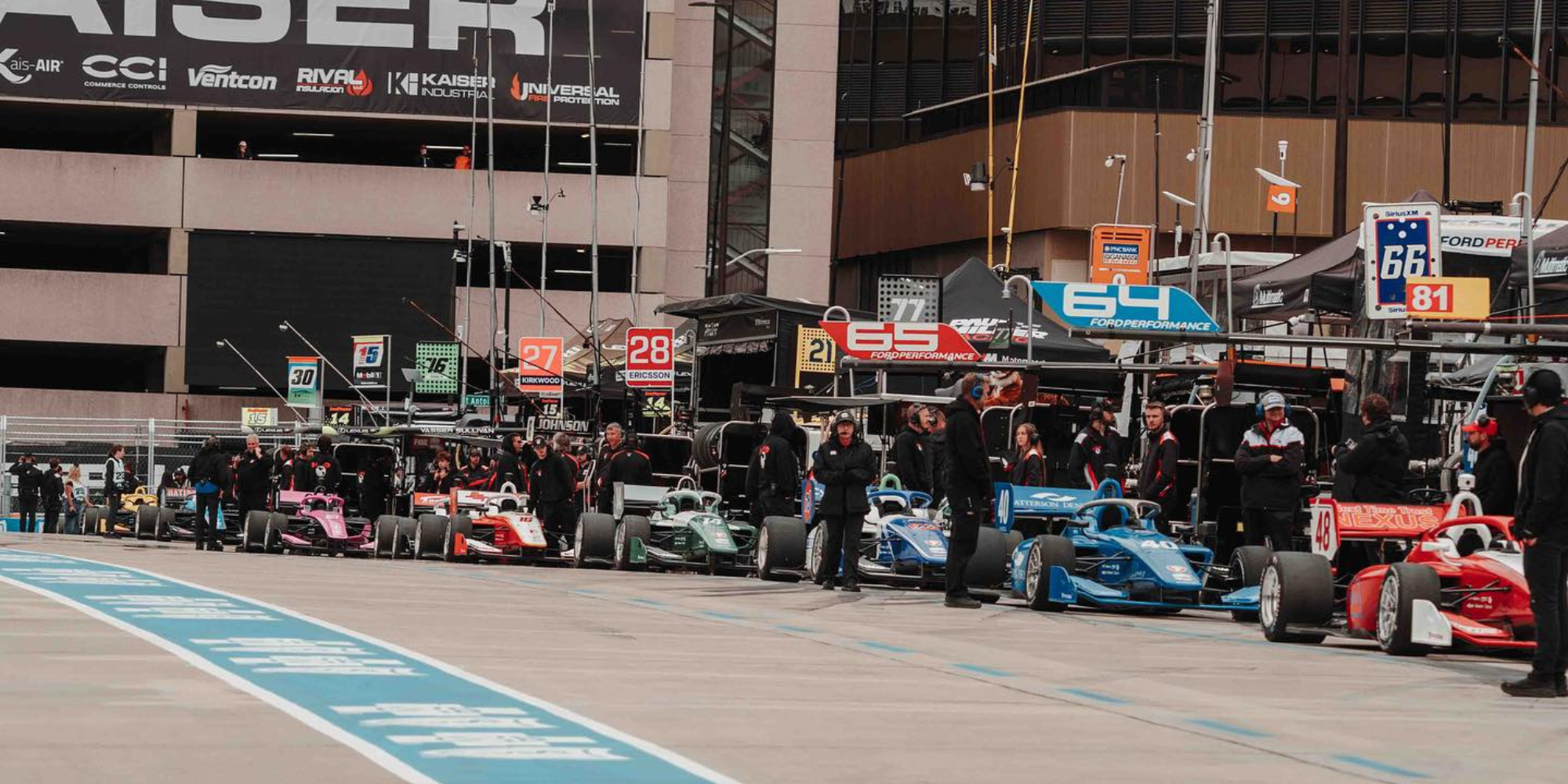 Chevrolet Detroit Grand Prix presented by Lear, Facebook
Chevrolet Detroit Grand Prix presented by Lear, Facebook
Downtown Detroit Gets the Green Light Through 2028
The ink is dry: Detroit’s City Council unanimously green-lit a three-year extension that keeps the Grand Prix downtown through 2028, with an option in place that could carry the event even further into the future. In practical terms, this means Metro Detroit can count on at least four more summers of world-class IndyCar racing on its urban streets (2026, 2027, 2028 – plus the already planned 2025 race). The contract was confirmed by Penske Corporation representatives and comes on the heels of two successful downtown runnings of the race. It’s a strong vote of confidence that downtown Detroit’s experiment with a street circuit has been an unqualified success.
Officials are enthusiastic about what this deal signifies. Keeping the Grand Prix downtown isn’t just about extending a sports event – it’s about cementing a yearly downtown Detroit event that draws tens of thousands of visitors and showcases the city on a national stage. The Grand Prix’s organizers, led by Penske Entertainment (the group chaired by racing icon and Detroit business leader Roger Penske), initially signed a contract in 2021 to host the race downtown from 2023 onward. That initial agreement was a bold move to leave Belle Isle and bring the race back to its “roots” on city streets. Now, the extension through 2028 affirms that the move paid off.
“It’s official – the Grand Prix will keep racing through downtown through 2028,” a local news outlet declared, underscoring the shared excitement. The current deal guarantees the race stays on Downtown Detroit’s street circuit for the next several years, and insiders hint that if all continues to go well, an even longer stay (potentially into the 2030s) could be on the horizon. Simply put, Detroit got the green light to carry this momentum forward, and the city is eager to press the accelerator.
A Home in the Heart of the City
This contract extension means the Grand Prix has firmly found a home in the heart of Detroit. For context, the Detroit Grand Prix’s history has come full circle: the event actually began on downtown streets back in 1982, when Formula 1 cars screeched through city blocks in the shadow of the Renaissance Center. After the 1980s, the race shifted to Belle Isle – a park island on the Detroit River – where it ran off and on from 1992 until 2022. By late 2021, organizers and city officials agreed it was time for a change of scenery (and strategy), opting to bring the race back downtown starting in 2023. That return was both a nod to nostalgia and a leap of faith toward a new era.
Now, downtown Detroit isn’t just the temporary host of the Grand Prix – it’s the official home base for the foreseeable future. The circuit, a 1.7-mile track looping around landmarks like the GM Renaissance Center and along Jefferson Avenue, has quickly become a point of pride. The sight of IndyCars zooming past city skyscrapers and along the Detroit Riverwalk has reenergized the event and its fans. Longtime Grand Prix volunteers and supporters, some of whom remember the 1980s races, have called this return to downtown a “homecoming.” With the new contract in place, they’re thrilled that this homecoming is here to stay.
Crucially, keeping the race downtown has broad local support. Many Detroiters, from city officials to casual fans, see it as a win-win. Unlike the Belle Isle years – when a large section of the island park was closed for months for track setup, sparking some community complaints – the downtown race uses public city streets in a way that invites the public in. The new contract ensures Detroit won’t be shutting down a beloved park for the race. Instead, the Grand Prix is now woven into the urban fabric, taking place amid downtown’s streets and buildings. This approach has transformed the event into a more inclusive downtown festival that benefits the community at large.
From Belle Isle to City Streets: A Racing Revival
To appreciate the significance of the Grand Prix’s downtown commitment, it helps to look at how far the event has come. Belle Isle, the 982-acre island park that hosted the race for decades, gave the Detroit Grand Prix a beautiful but secluded setting. Over the years, however, there were mixed feelings about the Belle Isle era. The race brought international attention and investment to Detroit, but at the cost of limited public access to the park during late spring and early summer. By 2019, as contracts were winding down, the question loomed: Should the Grand Prix stay on Belle Isle or return to downtown streets?
The answer came in 2021 when Detroit’s leaders and race organizers chose the downtown option, aiming to make the event more accessible and beneficial to local businesses. The move was inspired in part by other cities – for example, Nashville’s IndyCar street race had success with an open-access concept, showing Detroit what was possible. When the Grand Prix finally bid farewell to Belle Isle in 2022, it did so with gratitude for years of memories, but also with an eye on a bolder future. Downtown Detroit, with its revitalized business district and riverfront, was ready to welcome the Grand Prix back. As Grand Prix Chairman Bud Denker said at the time, half of the new downtown course would be open for the public to enjoy for free – an enticing idea to get more people involved.
The 2023 Detroit Grand Prix marked the first race on city streets in 32 years, and it truly felt like a revival. Crowds flocked downtown to watch the action, including many first-timers who admitted they’d never attended on Belle Isle but were excited to see it in the city. The atmosphere was electric: engines echoed off the buildings, and downtown took on a festival vibe. Families strolled the sidewalks to catch a glimpse of the cars, and die-hard racing fans marveled at how up close and personal the viewing experience had become. The return to the streets didn’t just rekindle the Grand Prix’s heritage – it amplified the energy to a level not seen in years.
Local Detroiters quickly embraced the new format. The mixed emotions that once surrounded the race’s impact on Belle Isle began to fade, replaced by a sense of pride that the Grand Prix was now at the center of the city’s social calendar. Restaurants, hotels, and shops downtown reported a buzz on race weekend like never before. Even skeptics were won over by the sight of Jefferson Avenue and Atwater Street lined with cheering spectators. The success of 2023 proved that downtown Detroit was not only a viable venue, but arguably the ideal venue for an event that celebrates Detroit’s identity as the Motor City. By the time the second downtown race rolled around in 2024, it was clear the Grand Prix had found new life on the pavement of city streets – and now, with the 2026–2028 extension, that life is poised to continue.
.png) Chevrolet Detroit Grand Prix presented by Lear, Facebook
Chevrolet Detroit Grand Prix presented by Lear, Facebook
Revving Up Detroit’s Economy and Image
Beyond the thrill of the race cars, keeping the Grand Prix downtown is a major economic win for Metro Detroit. Year after year, the event has drawn huge crowds and significant spending – benefits that were a big part of the push to extend the contract. According to organizers, the Grand Prix draws over 100,000 attendees each year to downtown. In fact, when the race first returned downtown in 2023, it attracted an estimated 150,000 people over the three-day weekend, filling hotels and restaurants with both locals and out-of-town visitors. That same 2023 event generated a record-setting $104.4 million in total spending in the region – a staggering infusion into the local economy. From grandstand ticket sales and hotel bookings to all those coney dogs, pizza slices, and beers bought from downtown eateries, the Grand Prix has proven to be big business as well as big fun.
Some key numbers and benefits that highlight the Grand Prix’s impact include:
- Massive Attendance: Approximately 150,000 people attended the downtown Grand Prix weekend in its inaugural year (2023), matching that figure again in 2024. The event easily ranks among the largest downtown Detroit events each year by attendance.
- Economic Boost: Studies show the Grand Prix weekend can spur over $100 million in regional spending annually. This includes money spent by visitors on hotels, dining, transportation, and shopping, as well as operational spending to build and run the event.
- Jobs and Businesses: Local businesses see increased foot traffic and revenue during race weekend. Hotels often sell out or run near capacity, and downtown restaurants report some of their busiest days of the year. Temporary jobs and contracts are created for everything from security and catering to construction of grandstands and hospitality suites.
- Tax Revenue: The influx of visitors and spending means more tax dollars for the city and state through sales taxes, hotel occupancy taxes, etc. City officials note that events like this help fund public services and development indirectly by enlarging the tax base.
- Global Spotlight: The Detroit Grand Prix is broadcast nationally (and to international IndyCar audiences), putting Detroit’s skyline and spirit on display for a huge audience. In 2024, for instance, the TV broadcast of the Sunday IndyCar race drew the highest cable ratings ever for Detroit’s race, reaching hundreds of thousands of viewers and making Detroit the top TV market tuning in. That kind of exposure is hard to buy – it strengthens Detroit’s image as a vibrant, event-friendly city.
For Metro Detroit’s image and civic pride, the Grand Prix’s downtown presence has been invaluable. We’ve all seen how the camera pans over the Renaissance Center, the sparkling Detroit River, and crowds packed along Jefferson Avenue, sending a message that Detroit is alive and thriving. It’s a chance to rewrite the narrative about Detroit for those who haven’t visited in a while. Instead of empty streets or solely memories of the past, people now see a city hosting a world-class event against a backdrop of modernized streetscapes and a lively riverfront. As a local real estate expert might tell you, these positive impressions matter – they can spur interest from investors, tourists, and even future residents who like what they see.
City and state leaders have hailed the Grand Prix as a catalyst for economic activity. The extended contract through 2028 means we can count on that reliable annual boost for several more years. It sends a signal to nearby businesses to plan ahead and perhaps even expand or improve, knowing crowds will be coming. For example, hotels can feel confident investing in renovations, and new downtown ventures might time their openings around race weekend to capitalize on the surge of visitors. In short, the Grand Prix’s stability downtown provides economic stability and opportunity, aligning with Detroit’s broader growth and redevelopment goals.
A Festival for Fans, Families, and the Community
One of the most celebrated aspects of the Grand Prix’s downtown era is how inclusive and family-friendly it has become. This isn’t just a race you watch – it’s a citywide festival that everyone can enjoy, whether they have a ticket or not. Under the downtown model, more than half of the racing venue is open to the public for free throughout the weekend. Hart Plaza, Spirit Plaza, the Detroit Riverwalk, and stretches of Woodward Avenue down to Campus Martius all turn into buzzing activity zones with no admission fee. The new contract ensures these popular free viewing areas and fan zones will continue to be a hallmark of the event.
- Free Viewing Areas: You don’t need to spend a dime to feel the excitement. Courtesy viewing platforms line parts of Jefferson Avenue and Atwater Street, allowing anyone to walk up and watch the cars scream by. In 2024, as in 2023, families lined these platforms shoulder-to-shoulder, kids perched on parents’ shoulders, all eyes on the track. The fact that Detroiters can experience the Grand Prix up close for free has made the event accessible to a much wider audience than in the past. “I never got to see the race on Belle Isle, but now it’s right here and free – I had to check it out,” one local fan explained, echoing a common sentiment since the move downtown.
- Comerica Bank Free Prix Day: Keeping with tradition, Friday of race weekend is “Free Prix Day.” On that day, thanks to a sponsor partnership, select grandstands (such as Grandstands 1 & 9) offer free general admission seating on a first-come, first-served basis. No ticket required – just show up and enjoy practice and qualifying sessions from the stands. It’s a perfect opportunity for families with kids or curious newcomers to get a taste of the action from a prime viewing spot, without opening their wallets.
- Entertainment and Activities: The Grand Prix weekend is about much more than cars turning laps. Live music concerts, games, and interactive displays are now an integral part of the event. Each year, organizers bring in notable music acts for free concerts in the evenings. For example, downtown Detroit has rocked to the sounds of hip-hop legend Big Boi and EDM DJ Steve Aoki on Grand Prix weekend, drawing over 10,000 fans to the entertainment stage at Cadillac Square for a Saturday night show. Families can also find kid-friendly activities – think racing simulators, face painting, and car displays – particularly in the Hart Plaza and Woodward Avenue fan zones. The goal is to make it a fun outing for all ages, not just motorsports enthusiasts.
- Community Engagement: The Grand Prix has made a point to engage with the community. Each year there are charity events and initiatives (like the “Grand Prixmiere” gala benefiting the city, or STEM education programs for students tied into race week). Local volunteers play a huge role in making the event happen, and many have been volunteering since the race’s early days. This community-driven spirit gives the event a welcoming, hometown feel, even as international drivers and teams roll in. It’s not unusual to see neighborhood groups, school bands, or local food vendors featured as part of the festivities, highlighting Detroit’s culture alongside the racing.
For Metro Detroit families, the downtown Grand Prix has become a highlight of the summer calendar. Parents can bring their children to see real Indy cars up close – an experience sure to create lifelong memories (and maybe inspire a future driver or engineer!). The atmosphere is safe, well-organized, and lively. During race weekend, downtown streets that are otherwise business-oriented transform into a pedestrian-friendly playground. It’s common to see grandparents, toddlers in strollers, teenagers, and everyone in between enjoying the scene. In many ways, the Grand Prix has evolved into a community celebration of Detroit itself, with the race as the exciting backdrop.
.png) Chevrolet Detroit Grand Prix presented by Lear, Facebook
Chevrolet Detroit Grand Prix presented by Lear, Facebook
Fueling Metro Detroit’s Future Growth
From a broader perspective, locking in the Grand Prix’s downtown location through 2028 is more than just an entertainment win – it’s a strategic boost for Detroit’s growth and development. As a local real estate and urban development observer might note, major events like this are both signs of and catalysts for a city on the rise. By hosting a successful downtown Grand Prix year after year, Detroit signals to the world that its downtown is vibrant, capable of supporting large-scale events, and open for business.
Real estate and development experts often talk about the “activation” of urban spaces – and the Grand Prix does exactly that for Detroit’s core. It activates streets, parks, and plazas with tens of thousands of people, which in turn showcases where the city has invested in improvements. Consider the backdrop to the race: the Detroit Riverfront, which has undergone a beautiful transformation in recent years, full of walkways, parks, and public art. Race attendees strolling the Riverwalk get to experience these improvements firsthand (and many undoubtedly return later for non-race events). The buzz of activity downtown during race weekend can spur interest in downtown living and commerce. It wouldn’t be surprising if some spectators visiting from the suburbs or out of town look around and think, “Wow, downtown Detroit has really come alive – maybe I should spend more time here,” or even consider investing in property or starting a business nearby. In this way, the Grand Prix serves as a showcase for downtown Detroit’s renaissance.
The extended contract also gives stability in planning for the future. City planners and stakeholders can coordinate infrastructure projects around the race schedule, ensuring roads are in top shape and logistics are smooth. (In fact, the initial return to downtown prompted fresh paving and repairs on some streets along the course – improvements that benefit everyday drivers long after the race ends.) Looking ahead, one potential wrinkle on the horizon is the fate of the Renaissance Center (RenCen) complex. General Motors, which occupies the RenCen, has floated plans to renovate and possibly demolish two smaller buildings in the complex. Race organizers are aware that changes to the RenCen could impact the track layout or facilities – the current course uses the area around the RenCen as a central hub. As of now, Grand Prix President Bud Denker notes that any RenCen construction is a “TBD” situation. The good news: Detroit and Penske Corp have proven adaptable. If tweaks to the track or race setup are needed in coming years, they’re likely to be handled in stride to keep the event running safely and successfully. In fact, flexibility is built into the spirit of a street race – the circuit can evolve with the city if necessary.
One thing organizers have ruled out, however, is significantly expanding the track’s length. At 1.7 miles, Detroit’s street course is currently the shortest on the IndyCar circuit. There was speculation that future editions might add distance or new sections, but Denker poured cold water on that idea, suggesting the focus will be on enhancing the fan experience rather than making the track longer. And by all accounts, the tight, nine-turn layout has delivered thrill after thrill despite its shorter length – 2024’s race featured more on-track passes than any other street race on the IndyCar schedule that year, proving that small can be mighty when it comes to excitement.
Securing the Grand Prix through 2028 also aligns perfectly with Detroit’s broader timeline of resurgence. The city has been witnessing new investments downtown – from the development of the Hudson’s site skyscraper to the restoration of historic buildings into hotels and apartments. Each summer through 2028, the Grand Prix will provide a measuring stick of progress: visitors and TV audiences will literally watch Detroit’s skyline evolve as new construction appears year by year. It’s a unique opportunity for the city to tell its comeback story in an ongoing way. By 2028, who knows what new developments will be flanking the racecourse? One thing’s for sure: the Grand Prix will be there, shining a spotlight on all of it.
Looking Ahead: Road to 2028 and Beyond
With the contract signed and the path set through 2028, anticipation is already building for what the next several years of the Detroit Grand Prix will bring. Fans can look forward to continuity and growth: the race will remain a staple of early summer, likely continuing to kick off the post-Memorial Day event season in Detroit each year. Organizers have the stability now to invest in even better experiences – that could mean more grandstand capacity (the 2024 race’s grandstands sold out on race day), new viewing platforms or tech upgrades, and additional partnerships with sponsors to keep the admission areas free and fun. There’s even talk that the success of the downtown Grand Prix could attract other major events to Detroit, automotive or otherwise, given how smoothly the city has handled the logistics.
Local enthusiasm suggests the Grand Prix’s fanbase will keep growing. The 2025 race reportedly had already outsold the previous year’s ticket sales by the Friday before race weekend, indicating that momentum is on an upswing. As more people attend and share their experiences (and as word spreads that you can go enjoy much of the event for free), Detroit could see record crowds by the time 2026, 2027, and 2028 roll around. The IndyCar drivers, many of whom were initially uncertain about the new course’s tight layout, have started to adapt to its challenges – and some now praise the unique strategic test it offers. By retaining the event downtown, Detroit gives the racing world a chance to refine this circuit’s legacy and possibly turn it into one of the favorite stops on the IndyCar calendar. The backdrop of the city, the enthusiasm of the local crowd, and the way the track produces drama (2023’s race had its share of yellow-flag action and surprise twists) all combine to give Detroit a special place in the series.
The community is also looking at ways to maximize the benefits of the Grand Prix’s presence. One idea floated by local advocates is to create more tie-in events around race weekend – such as a downtown arts & auto festival, pop-up markets, or family racing-themed days at local museums – to ensure even those who aren’t race fans have reasons to come downtown and celebrate. With a multi-year commitment now secure, such ideas can be planned out well in advance. Detroit’s civic organizations and businesses have a clear timeline to coordinate and make the most of each Grand Prix weekend, turning it into not just a race, but a citywide celebration of Detroit’s culture and momentum.
Finally, the contract through 2028 naturally raises the question: Could the Grand Prix become a permanent downtown fixture even beyond that date? While it’s too early to say for sure, the fact that an option exists to extend the deal indicates it’s a strong possibility. If the races up to 2028 continue to thrive, don’t be surprised to see officials exercise that option and keep the engines roaring into 2029 and well beyond. By then, Detroit will have firmly re-established itself as one of the must-visit cities for IndyCar racing, completing a turnaround from the days when the city’s role in big-league racing was in doubt. The Grand Prix’s success could even spark dreams of luring other motorsports events or automotive showcases downtown, leveraging the Motor City brand to its fullest.
Join the Excitement Downtown
The Detroit Grand Prix’s secured future downtown is more than just sports news – it’s a cause for celebration across Metro Detroit. This annual extravaganza of speed, music, and community spirit encapsulates so much of what the “new Detroit” is about: honoring our rich automotive legacy while charging forward with growth and innovation. With the race on track through 2028, now is the perfect time to plan your own Grand Prix experience.
Explore downtown Detroit on race weekend and be part of the excitement. Whether you’re a family looking for a fun outing, a longtime racing enthusiast, or just someone who loves a good downtown party, the Grand Prix has something for you. Pack a picnic and watch for free from the Riverwalk, grab grandstand tickets to see the finish line drama, or enjoy the evening concerts and food trucks – it’s all waiting in the heart of the city. Each year the event gets bigger and better, and the next one will be no exception.
As a community, let’s take advantage of this opportunity: support local businesses when you’re downtown, cheer loudly when the cars fly by, and show visitors the warmth and pride Detroit has to offer. The Grand Prix is our chance to put our best foot forward and have a great time doing it. Plus, if you’re curious about how events like this tie into Detroit’s resurgence (or even how they might affect downtown real estate and development), keep following insights from local experts and community leaders – there’s always something new on the horizon in our city.
The call to action is simple: come join the festivities! Mark your calendars for the next Grand Prix weekend, and bring your kids, friends, or neighbors along. Feel the engines rumble under your feet, soak in that festival atmosphere, and take pride in what’s happening in downtown Detroit. With the Grand Prix here to stay through 2028, we’ve got plenty of chances to make amazing memories and drive our city’s momentum forward. Don’t miss out – we’ll see you downtown at the races, enjoying the best of what Detroit has to offer.
DON'T KEEP US A SECRET - SHARE WITH A FRIEND OR ON SOCIAL MEDIA!
THINKING OF MOVING TO Metro Detroit, OR LOOKING TO RELOCATE IN THE AREA? VIEW A LIST OF CURRENT HOMES FOR SALE BELOW.
Metro Detroit Homes for Sale
The Perna Team and Michael Perna are the best real estate agents in Metro Detroit and Ann Arbor. The Perna Team and Michael Perna have been hired as a real estate agent by hundreds of home owners to sell their homes in Metro Detroit and Ann Arbor.



